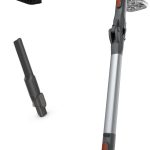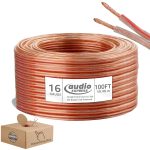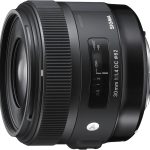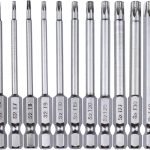
Make It Yours – See Your Price On Amazon!
Your Sales Price $49.99 - $30.00
A quick rundown of this product’s key features:
An informal and easy-to-understand introduction to digital signal processing, this treatment emphasizes digital audio and applications to computer music. Topics include:
• Phasors and tuning forks
• The wave equation
• Sampling and quantizing
• Feedforward and feedback filters
• Comb and string filters
• Periodic sounds
• Transform methods
• Filter design
The text provides a working knowledge and understanding of frequency-domain methods and features questions and suggested experiments that help readers understand and apply digital signal processing theory and techniques.
For undergraduate and graduate students of digital signal processing in engineering and computer science courses, composers of computer music and those who work with digital sound, internet developers who work with multimedia, and science-oriented readers seeking an introduction to the subject.
Our Top Reviews
Reviewer: D M Rosser
Rating: 5.0 out of 5 stars
Title: Superb Intro to DSP, extremely poor binding
Review: Masterful introduction to DSP concepts. The author uses concrete examples to develop a natural intuition to what DSP is about, drawing from the familiar field of acoustics and music synthesis. As a familiar experience to almost everyone, the phenomenology of sound is an effective context that beautifully ties together the concepts of acoustic resonance to the fundamental building blocks that comprise the field of DSP— complex sinusoids and the linear filter. The new DSP student will buy this book and use it as the first rung of a ladder to begin the exciting climb into this essential field which is pervasive in all modern communications, remote sensing, music synthesis, and machine learning. The only complaint I have about this book is the poor quality of the binding— my copy began to fall apart within the first week of use. Although the poor quality of the binding in no way diminishes my rating of the book, I would hope to see if a hard copy exists. Otherwise I’ll just have to buy another copy in due time.
Reviewer: Brian C Rowley
Rating: 5.0 out of 5 stars
Title: Delightful and highly informative DSP book
Review: A favorite author (other great books by Vaidyanathan, J.O. Smith, Hamming; none expendable!).
Reviewer: calvinnme
Rating: 4.0 out of 5 stars
Title: Accessible DSP Text geared for those interested in audio
Review: This is a different kind of digital signal processing textbook in just about every way. To begin with, chapter one starts out talking about sinusoids in the context of tuning forks, when just about every other DSP book under the sun starts with a review of linear systems. This is good, in that throughout the book your eye is kept on the ball of actual audio applications. This can be somewhat troublesome in that the author sometimes has to delve into mathematics that the typical DSP student may not be ready for – the wave equation and elementary partial differential equations for example. The author ultimately does get the job done, however, explaining the DFT, FFT, z-transform, and filter design all within the context of audio signals. It is true that only the last chapter is explicitly labeled “Audio and Musical Applications”. However, this only means that the author is discussing complex applications in this chapter only, after the groundwork has been laid for all of the theory. I would especially recommend this book to people interested in computer music that need to get up to speed on DSP. Such students may also appreciate “DSP Filter Cookbook” by John Lane. It is all about the implementation of audio filters and contains C++ source code and schematics. If you are a traditional student of DSP and digital audio does not interest you, you might want to go a more traditional route starting out with “Understanding Digital Signal Processing” by Lyon and proceeding on to a more advanced text such as “Discrete Time Signal Processing” by Oppenheimer or “Digital Signal Processing: Principles, Algorithms and Applications” by Proakis.
Reviewer: dlxm455
Rating: 5.0 out of 5 stars
Title: Five Stars
Review: Good book. Fast shipping.
Reviewer: P. Falstad
Rating: 5.0 out of 5 stars
Title: great DSP introduction, focus on computer music
Review: This is the only DSP book I would recommend for a beginner. This is an especially great book for someone without an EE background who doesn’t know much about signals, or someone who doesn’t know/care about analog filters. I found the book quite practical, and was able to implement working digital filters after reading it. But, it also gave me a good understanding of the theory.I’ve gotten other DSP books since then, including the famed Oppenheim, and I’ve been rather disappointed with each of them. The book is a lot more readable and less abstract than the others.I do wish this book covered more topics.. Some more specifics about Butterworth and Chebyshev filters would have been nice. If you just want sample code for building a filter, you won’t get it.However, this book covers some topics which I haven’t seen covered well elsewhere, like comb filters, resonators, reverb, and digital simulation of a plucked string. So it’s still worth getting even if you already know about DSP and have other books.
Reviewer: Steve
Rating: 3.0 out of 5 stars
Title: Far too complex for a primer
Review: I’m sure this is a wonderful book but a primer. I have a degree in computer science and this thing is very very complicated. You need to have a pretty advanced math degree if you’re gonna make any use of this book.
Reviewer: Baruch Maximenko
Rating: 3.0 out of 5 stars
Title: Not a gentle introduction to DSP
Review: Not a gentle introduction to DSP. Fundamentals are not covered very well. Could not even find the definition of a signal.
Reviewer: Kyle K Herrity
Rating: 4.0 out of 5 stars
Title: Solid book on DSP with nice applications to audio
Review: This book does a good job explaining DSP theory, although some prerequisite knowledge is assumed of the reader. I enjoyed reading through this book and tackling a few of the exercises. One gripe I have about the book is that the author uses the same notation (the lowercase variable ‘t’) to represent both continuous-time and discrete-time signals. In other words, in continuous time, the variable t is used to represent continuous time (seconds), which is fine, but the same variable, t is also used in discrete time for representing the integer sample index. I’ve never seen anybody else do this, and it definitely threw me off on a few occasions.
Reviewer: norisio15
Rating: 4.0 out of 5 stars
Title:
Review: 1章から音声をベクトルで表したり、ほかの書物であまり見ることの少ない表現をしていました。ただ、5章あたりからは他の書籍で良くある話がメインでしたので、それまでの章から考えると少し残念です。また、当たり前ですがベクトル以外にも数学的な知識が必要です。MATLABやmatplotlibでグラフ化しながら学習すると、なお理解度は深まります。
Price effective as of Jun 30, 2025 12:21:30 UTC
As an Amazon Associate Dealors may receive a commission for purchases made through these links.



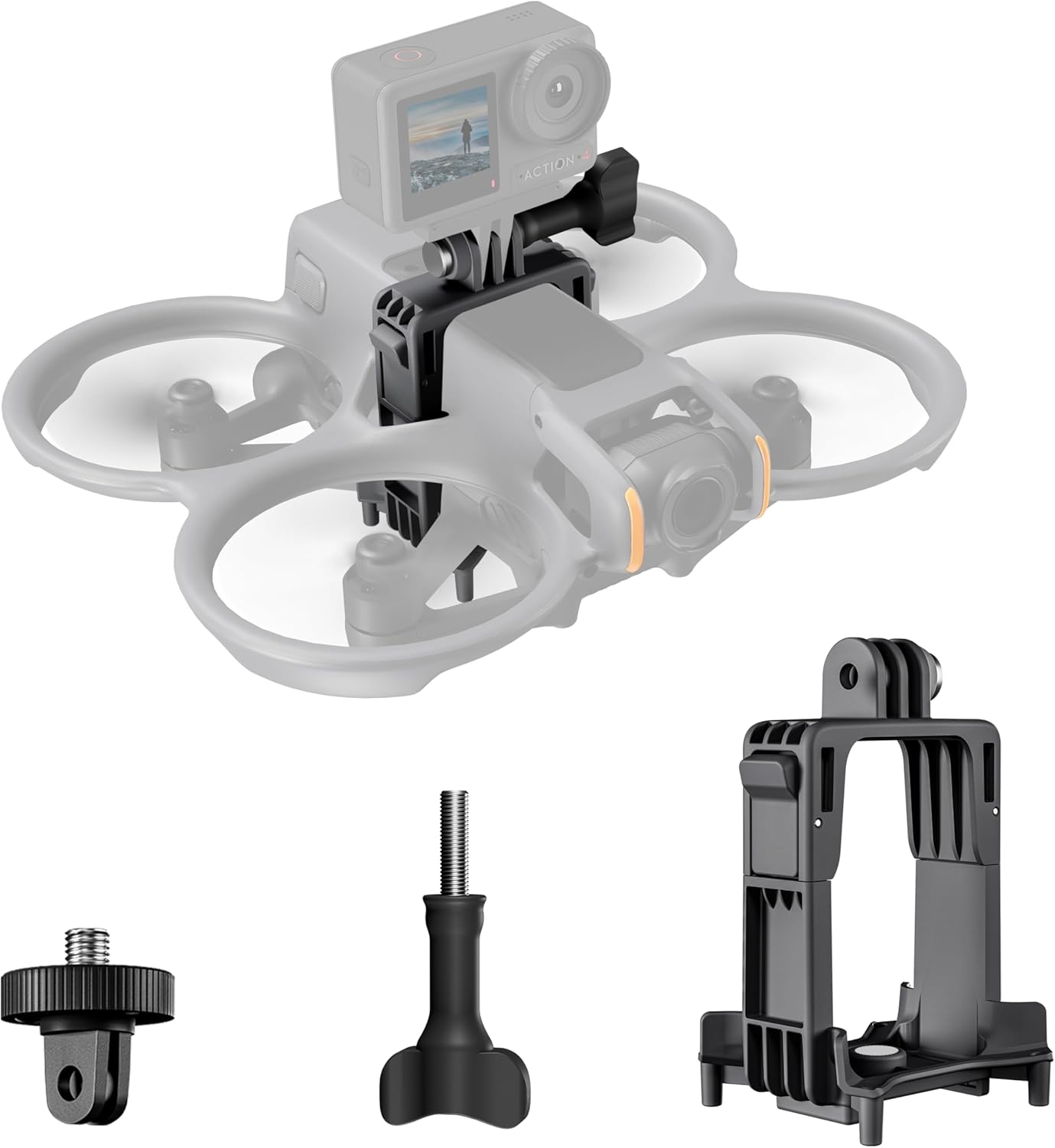




![Rushmore (The Criterion Collection) [Blu-ray]](https://dealors.com/wp-content/uploads/2025/07/81JUFMzUTsL._SL1500_.jpg)


